There's something special about Laika Inc.'s Paranorman...

Hey! Did you love Coraline? Are you interested at all in stop-motion animation? Well, watch this feature on Laika Inc.'s new film, Paranorman.
Holy freakin' cow, amirite? Let alone the fact that we now live in a world where 3D printers even exist at all, the fact that stop motion animators have seized this technology to push their creative vision as far as it can possibly go is hands down the coolest bit of film FX development news I've heard in awhile. Yes, even cooler than Mr. Jackson shooting his Hobbit movie in 48 fps.
Paranorman comes to theatres today and while on the surface it may look like any other animated kids film released this year (its unfortunate aesthetic AND thematic resemblance to both Tim Burton's Frankenweenie and Adam Sandler's Hotel Transylvania is sure to confuse kids and parents alike), it stands apart simply because of two factors, at least in my mind:
1) It's made by Laika Inc., the people that brought us the rich, wholly unique and otherworldly Coraline, a film that IMHO showcases THE best use of 3D photography to date (How To Train Your Dragon was a close second, and the rest, even James Cameron's Avatar are far, far behind). It's a cliche to describe the tone of a creative feast such as this as 'dream-like' but watching this film gave me literal chills and truly did feel like I was on some sort of acid trip. And I mean that in the best way possible - it's incredible.
2) They, as you saw in the video above, used a 3D printer to create EVERY SINGLE FACIAL EXPRESSION for EVERY SINGLE CHARACTER in the film, among countless other objects and props. Sure, the makers of Coraline also used 3D printing technology to make occasional faces and props, but this is the first time something on this scale has ever been attempted. And that's very, very important.
Why is this important?
Well, the thing with stop motion animation is that it's already very, very, VERY time consuming and requires endless patience and a delicate touch. You know this if you're a clumsy oaf like I am who also spent entire weekends in your basement with a Super-8 camera making movies featuring wobbly G.I. Joe action figures that end up coming across like junkies gripped in a violent seizure onscreen. And while nowadays there are iPhone apps available to make this process a little more painless (remember when we showed you Stop Motion Recorder? STILL my favourite app), the basic workflow boils down to this: move something in your frame, click the shutter, repeat. Now imagine how long between shutter clicks if you have 20-30 characters in frame at once! It's enough to make your brain hurt.
Yep, it certainly does takes a certain kind of person to create work like this. Consider the iconic work produced by by dedicated professionals like the legendary Ray Harryhausen, old-school stop-motion animator and Very Important Dude in Film History or Nick Park, visionary creator of Aardman Animation's Creature Comforts and Wallace & Grommit.
or even Jeff Lieberman and Eric Gunther, the filmmakers behind my favourite OK Go video (which, while not exactly stop-motion animation in the technical sense, the time-lapse work they put into End Love obviously required meticulous, careful planning and hours and hours and hours of flawless attention to detail).
All these artists have the same work ethic, drive and dedication required to create works of art as unique and striking as the ones that made them famous.
And like any marathon runner or matchstick bridge-builder, the process requires a sharp focus on what you are doing in the moment and a pace that allows you to cross every t and dot every i. For traditional stop-motion animation, this might mean re-molding a character's plasticine eyebrows ever so slightly in between takes along with their lips, eyes, arms, shoulders, torso etc. You're thinking about and physically altering multiple elements at once, including changes in lighting and background action. And since your characters are probably saying something in the scene, there is literally no room for error when it comes to facial expressions and mouth movement. Stop motion animators use guides like a locked storyboard and a detailed, timed-out script based on pre-recorded dialogue, pre-determined action and choreography - all to create fluid motion at 24 images per second. They slog through the work, frame by meticulous frame, manipulating dozens upon dozens of tiny elements in the scene with the meditative focus and thoughtfulness of a frickin' zen master.
With Paranorman, the animators have at the very least eliminated some of the 'thinking' part of the equation while on set, at least where the facial elements are concerned. Instead of figuring out how they need to manipulate each face in every single frame, they've already made those creative decisions months and months prior with the use of a computer. They've already figured out when and how a character sticks their tongue out because they've already gone through the process of virtually animating that action in a digital environment. This allows them to take advantage of a more trial-and-error approach allowing them to experiment, make mistakes and learn from their mistakes before a single frame of film is ever shot. Then they print out every possible variation of every character's face and catalogue it. Using some sort of guide on set, they swap out every face as required by every new frame of film. It really is quite remarkable!
While this certainly makes the process of actual animation a little bit easier, it must make the ENTIRE process of making the film a that much more complicated. But hasn't this always been true in the film industry? Every technological advancement (like switching to CGI environments from old timey matte paintings) is designed to make the overall work easier and give filmmakers more control over their artistic expression. But, every advancement is ALSO saddled with the burden of adapting a new workflow, thinking harder about complex details in advance and making sure that the technology is being used to push the art as far as it can possibly go in a way that is seamless. With this in mind, it seems like Laika Inc.'s got the right idea with Paranorman. I can't wait to see it!
Paranorman - Laika's Stop-Motion Animation Pioneers Revolutionize The Process | thesubstream.com
Just updated your iPhone? You'll find new emoji, enhanced security, podcast transcripts, Apple Cash virtual numbers, and other useful features. There are even new additions hidden within Safari. Find out what's new and changed on your iPhone with the iOS 17.4 update.
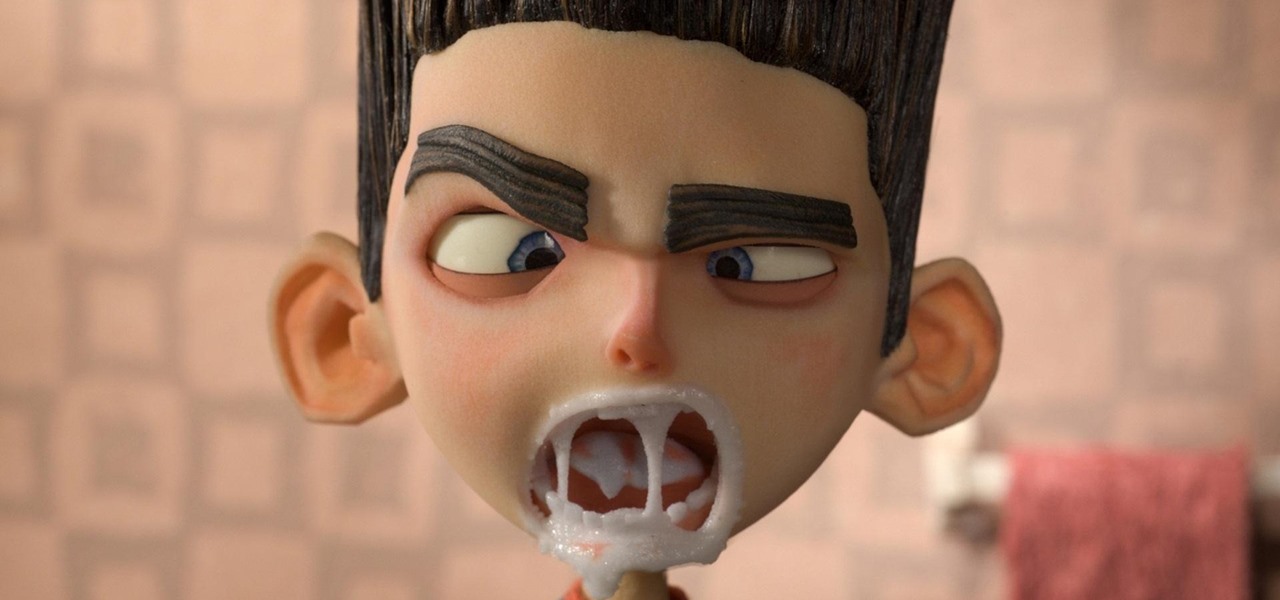



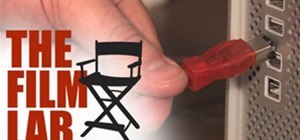
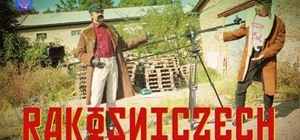

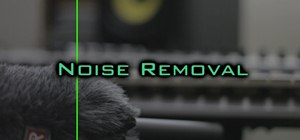
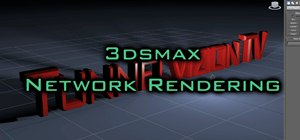
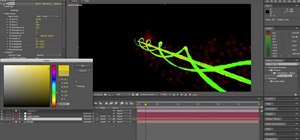


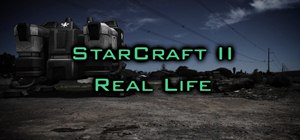
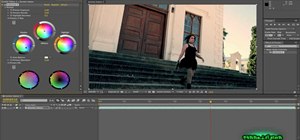
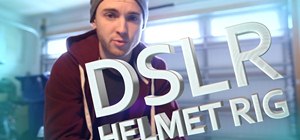
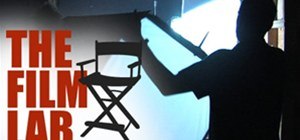
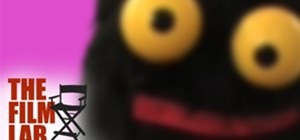
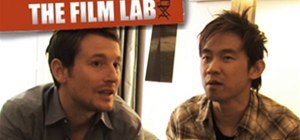




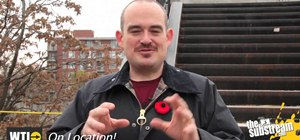







Be the First to Comment
Share Your Thoughts